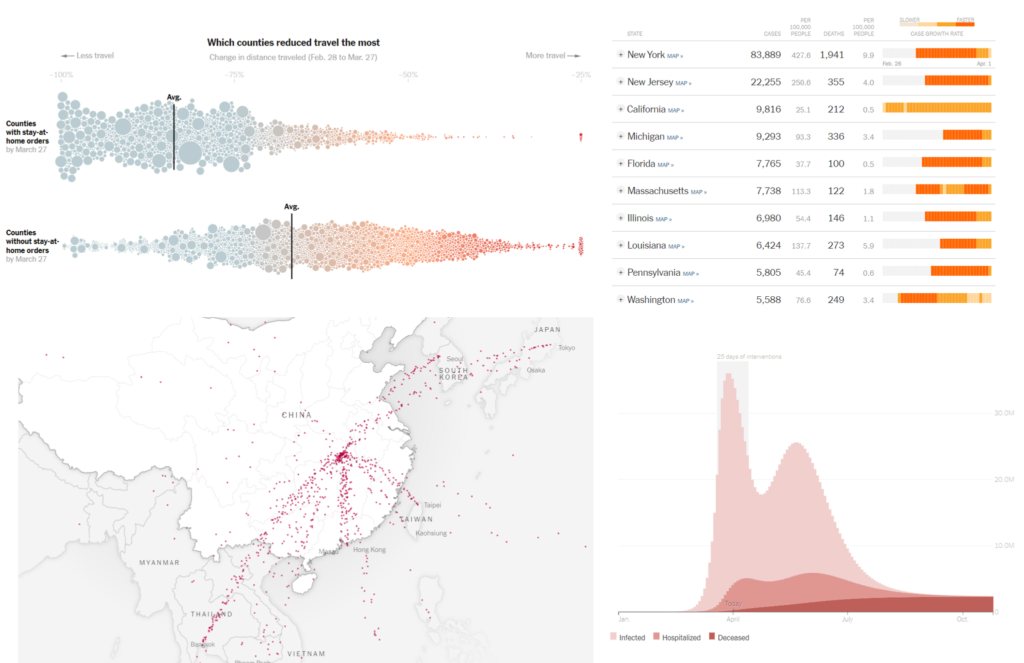Assessment of learning is one of the great challenges of teaching. It’s a complex endeavor under normal circumstances, made even more difficult in emergency Remote Learning. To math teachers, assessment often means testing, and some teachers are trying hard to replicate the experience of classroom tests. They’re experimenting with different delivery platforms, administering tests synchronously under time constraints, and even having students test in front of their webcams.
Other teachers have entirely abandoned tests in the traditional sense. I’m firmly in this group, but I do empathize with the former. I enjoy writing and giving a good test, and a steady stream of supervised student work is fuel for my instruction. But I just don’t see how I can give a traditional timed test in a fair and reasonable way in the current situation.
One approach I’ve taken is inspired by the principles of Mastery Grading. I’m assigning assessment items similar to what students would see on a test, but giving them several days to complete the work and allowing them multiple resubmissions after feedback. In this model, students can revise and resubmit their work until it is as complete and correct as they wish. It’s not an approach I’ve used much in the past, but it’s working for us: I like the interactions around mathematics I’m having with students as I provide them feedback, and I’m getting that stream of work I need to tune my teaching.
Some teachers are very concerned about cheating. I’m not one of those teachers. I’ve been teaching long enough to know that the vast majority of students will do the right thing when they, themselves, are treated right. There may be a few students looking for a shortcut, but those cases are isolated incidents to be handled individually.
While the system in place may be vulnerable to some abuse, I feel it treats students right. Everyone has a chance to master the assignment to their satisfaction, and the weekly assessments are frequent enough to dilute the stakes of any individual task. No student will feel penalized for doing the right thing, and the incentives to do the wrong thing have mostly been removed.
And all the evidence points to students doing the right thing. I grade the assignments on a rolling basis, and the work that comes in late shows the same kinds of correctable errors as the work that comes in early. Often students will submit something that’s mostly complete and say “I’m not sure what to do from here”. Usually a single hint or a suggestion is enough for them to finish up. The personal exchanges, in comments and resubmissions, serve as an audit of the student’s process.
I always assess in many different ways, some of which are less impacted by the circumstances of Remote Learning: individualized assignments, technology projects, and oral exams all work mostly as well now as before. But this new approach is working for us, and seems particularly well-suited to the circumstances. It requires trust, but then, all good teaching does.
Teachers who don’t trust their students must be having an especially hard time with #RemoteLearning.
— Patrick Honner (@MrHonner) April 30, 2020
Related Posts
